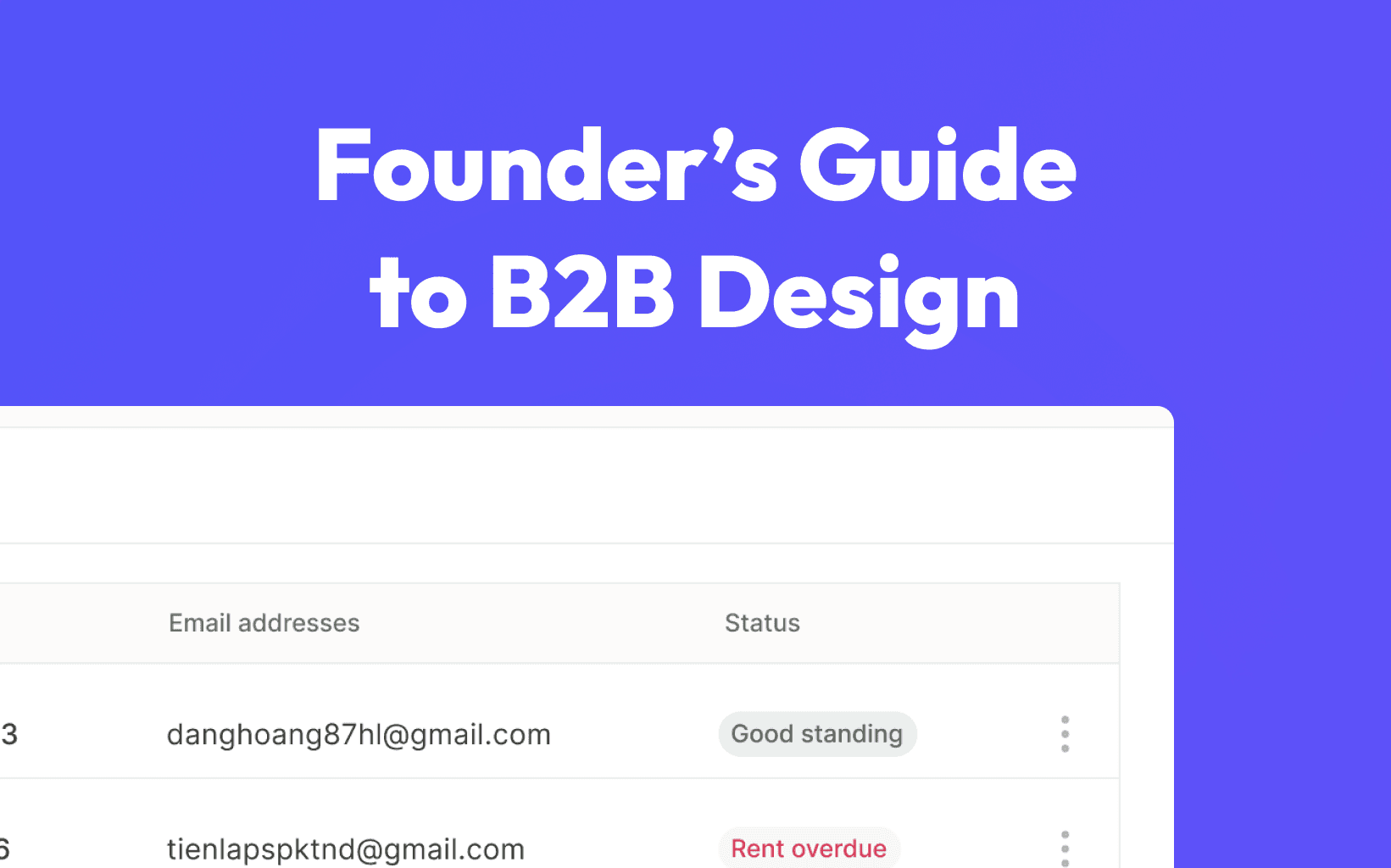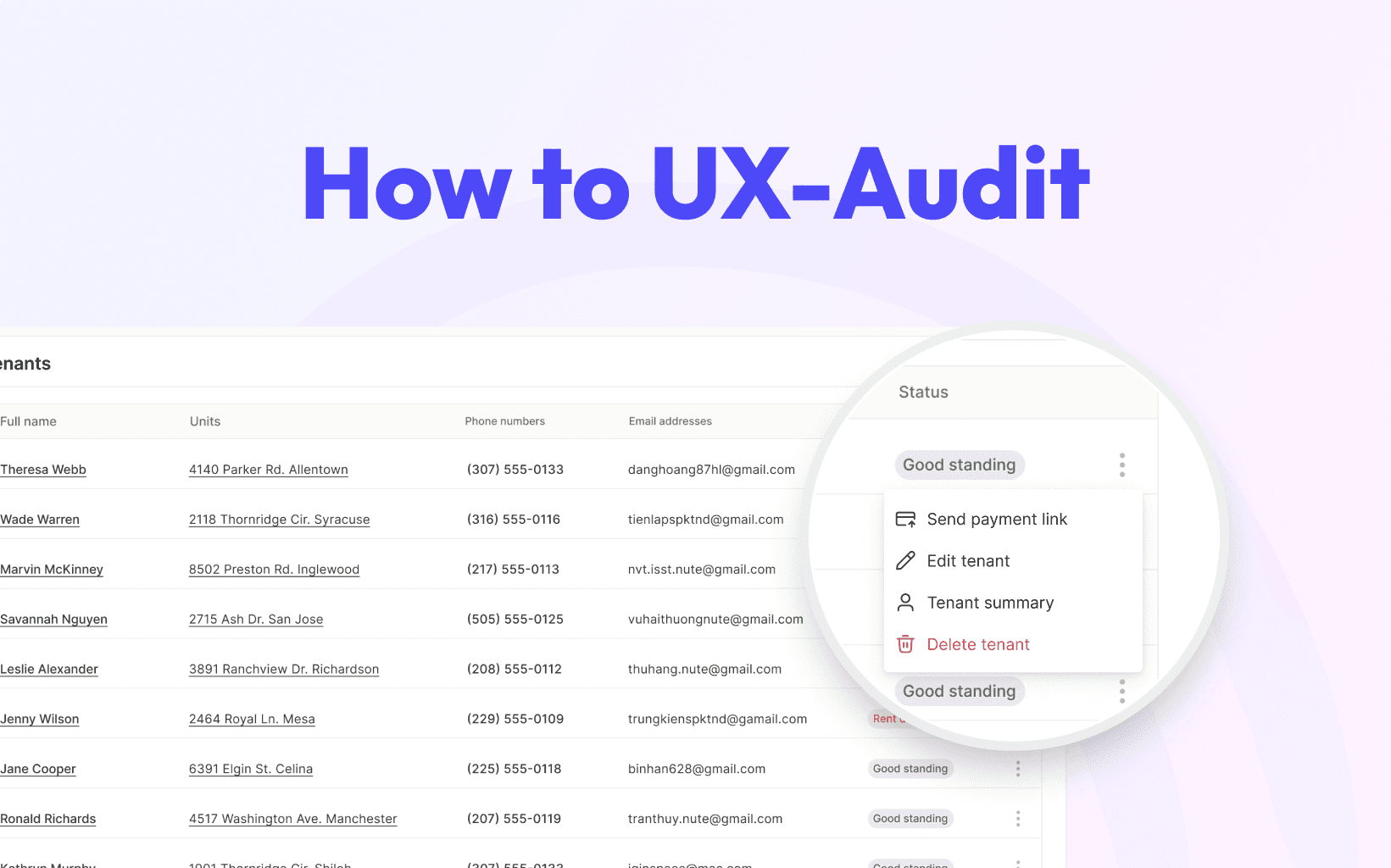
8 min
Given the current potential of product-led growth, software startups are torn between adopting a product-led growth approach or sticking.
How a startup grows its user base and revenue largely represents, for that startup, the fine line between long-term survival in the software place game. However, Product-Led Growth (PLG) and Sales-Led Growth (SLG) are at the forefront as two of the most dominant strategies. Each of these has distinct advantages and challenges, hence the choice of the right one may be pivotal.
In this blog, we are going to understand what exactly PLG and SLG are, make a determination of what is appropriate for your situation, and look at what these strategies look like when implemented.
Understanding Product-Led Growth
Product-Led Growth (PLG): This is a go-to-market approach where the product is in the leadership position for user acquisition, expansion, conversion, and retention. It leverages the product for use as the primary vehicle to spread awareness and encourage adoption. Companies such as Slack and Dropbox were able to successfully use this model in achieving expansive growth. They focused on building inherent value into the products by being easy for adoption at an individual or team level that could subsequently encourage organic growth due to satisfaction of the user and word-of-mouth referrals.
Major Features of PLG:
Self-service model: Through which potential clients can either use or try the product with little interference from the sales staff.
Viral potential: Characteristics of a product that may encourage users to share and collaborate with others around this product.
Improvement customer-centric: We continue to improve based on customer feedback and activity.
Positives of PLG
Reduced Cost of Customer Acquisition: Since the product sells itself, one does not need a vast sales team or hugely expensive marketing campaigns.
Faster scaling: In a much wider context, startup companies are scaling rapidly all across the globe as barriers to entry are falling down.
Higher product engagement: Users are bound to engage more with a product if they find value in using it either personally or professionally. Thus, product usage will broaden and upgrade over time.
Most successful PLG companies have a culture of deeply appreciating what the user needs and constantly refining what their product offers, based on an environment of continuous, flowing, user-provided feedback and data-driven insights. PLG provides an amazing path to rapid growth for startups with a product that easily shows value to the user through a free version or a trial.
I will now apply these basics to sales-led growth and compare in further detail how different scenarios could be more suited to one approach rather than another. Finally, we will look at ways that sales strategies can march in lockstep with your product-led initiatives, rather than compete against them.
Sales-Led Growth, the powerhouse of Enterprise B2B
Sales-Led Growth (SLG) - This is a traditional go-to-market strategy through which involvement from the sales team and direct relationships drive new customer acquisition and growth. Usually characterized by an extremely high level of personalized engagement, this is most often the strategy embraced by those companies that require large-scale investments by the customer—both in terms of time and money—to make the product work effectively.
Key Features of SLG:
High-touch sales process: This is where a sales team is highly involved in educating, nurturing, and finally changing leads into customers. Customized Solutions: Products or services usually requiring customization or complex integration in order to serve a specific target customer segment.
Long sales cycle: The product's nature and required investment mean that sales cycles, selling under the SLG model, are long, but they bring very high contract values.
Benefits of SLG:
Greater customer intimacy: There is always something that comes out about deep customer needs in face-to-face interactions and, in the process, establishing much stronger relationships.
Controlled growth: High valued contract revenues will provide the company with more predictable revenue streams.
Focused market targeting: Ability to focus narrowly with high-value customers or niches that need focus. Companies that have been very successful in an SLG model are enterprise software providers like Oracle and SAP, always ready to provide their customer with solutions that are highly focused and targeted at their extremely precise industry problems. For startups that have complex products requiring a lot of customization or a higher price point, SLG could be the vehicle through which potential customers understand and realize the fullest value from the offering.
Decide on which would be used—PLG or SLG
This boils down to your product nature, target market, and business goals in order to decide between PLG and SLG; which would be the right growth strategy for your business.
Complexity of the product: The product should be complex for a steep learning curve and is ideally suited for PLG. Simpler products acquire a personalized touch through SLG.
Market maturity: SLG may work for education and development of the market in case of new or underdeveloped markets. PLG may take up the challenge for existing customer awareness and demand more maturity for the markets.
Customer Type and Size: Nature of PLG customers might work in favor when targeted at SMEs or end-users on scale, whereas for SLG, it would be conducive to large enterprises or industries where the purchase is at high stake and value.
Speed of scaling required: PLG would offer a faster speed scaling across markets, while SLG offers a slower speed, but into deeper market penetration in the targeted segments.
Examples
A startup offering an online project management tool, on the other hand, might go full PLG, letting users experience and see the value of the tool for themselves through a free trial before making a decision to upgrade.
On the other hand, a firm delivering tailor-made software solutions to large enterprises will probably adopt a GLS strategy, using exclusive sales forces to manage relations and customize service provision for big accounts.
Hybrid Models
Indeed, many companies find that the hybrid model—elements of both PLG and SLG—suits them the best. In such a scenario, startups would have the freedom to respond to market dynamics and customer feedback.
Benefits:
Flexibility: Customize and flex as you please, with PLG reach and SLG personal touch.
Market coverage: The software should effectively be able to address different segments of the market, from small business to large companies.
Adaptability: Adaptable to shift the focus of the company between the growth strategies while scaling or market condition changes. Hybrid models, in particular, have a very high success rate when startups first go to market with a product-led approach to quickly gain traction and increase take-up in the market for underlying insight but then also introduce the sales-led tactics over time, when they're starting to deal with larger clients or more complex deals. We then address how all these strategies are used in practice, ensuring that your start-up realizes the best growth possible given the resources at its disposal.
Implementation of Growth Strategies: A Real Practical Example
Whether product-led, sales-led, or hybrid, any go-to-market growth strategy needs to follow a clear path and direction based on business objectives and market condition. Here's a guide on how to do that:
Step 1: Define Your Target Market
Segment your ideal customer set by demographic, psychographic, and behavioral data.
Understand their needs and pain points to approach your product or sales appropriately.
Step 2: Align your product or service
PLG: Ensure your product is user-friendly, has a low entry barrier, and is designed with features that will make users want to share and collaborate with others.
For SLG: Develop features that will be usable for the needs of highly valued customers but can also be tailored towards specific challenges of the industry.
Step 3: Optimize your Onboarding
For PLG: Streamline onboarding with a self-serve process that makes it easy for users to realize the value of your product.
For SLG: Personal training sessions, guides on using your new software to make customer service proactive, and complete onboarding.
Step 4: Scale Your Marketing Efforts
For PLG: Aim your digital marketing strategies, including content marketing, SEO, and social media, towards incrementing your traffic and product adoption.
For SLG: Use marketing through the accounts that show how the relationships would be built deeper with the key decision-makers who exist within organizations.
Step 5: Measure and Adapt
Track KPIs such as customer acquisition cost, customer lifetime value, churn rate, and conversion rates. - Continuously refine strategies and product offerings with insight from data.
A/B testing: Never stop testing every aspect of your product and marketing against other versions.
Feedback loops: Create mechanisms for continuous user or client feedback for the improvement of your product and customer service.
Tools for analytics: Modern and advanced tools are used to carry out analytics, which helps them follow up on changes in user behavior and sales performance when they happen.
Conclusion
Choosing a growth strategy must be the most crucial decision you take for your software startup. Do you want your software to be product-led, sales-led, or a fusion of both?. Understanding the unique benefits and features of each approach will enable the strategy to adapt according to the characteristics of the product and the needs of the target market. Because, of course, the best strategy is one with flexibility, data, and the customer at its core. Feel free to try out different approaches or tweak your tactics in response to market reaction and growth results. Entangle your reason to be with theirs. Grow to remain agile in business. Entrench both your reason for being and reason for growth in the ever-evolving needs and shifting dynamics of business and the market. Regardless of whether one tilts more toward a product-led or sales-led approach, or charts a course somewhere in between, the goal is always evident: build a sustainable business model that speaks to its customers and secures some leg up on the marketplace.




